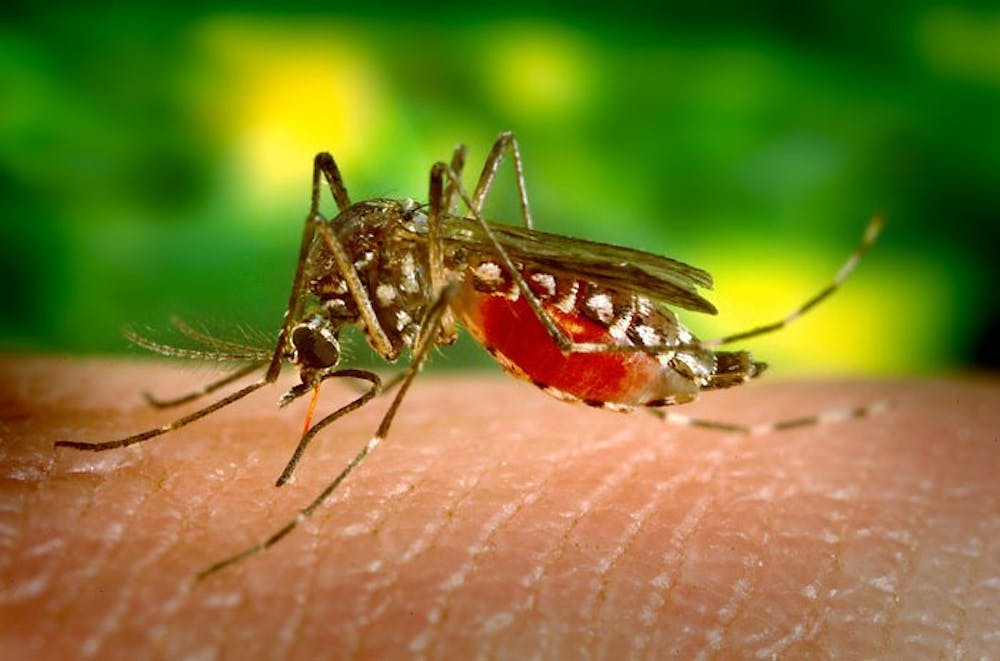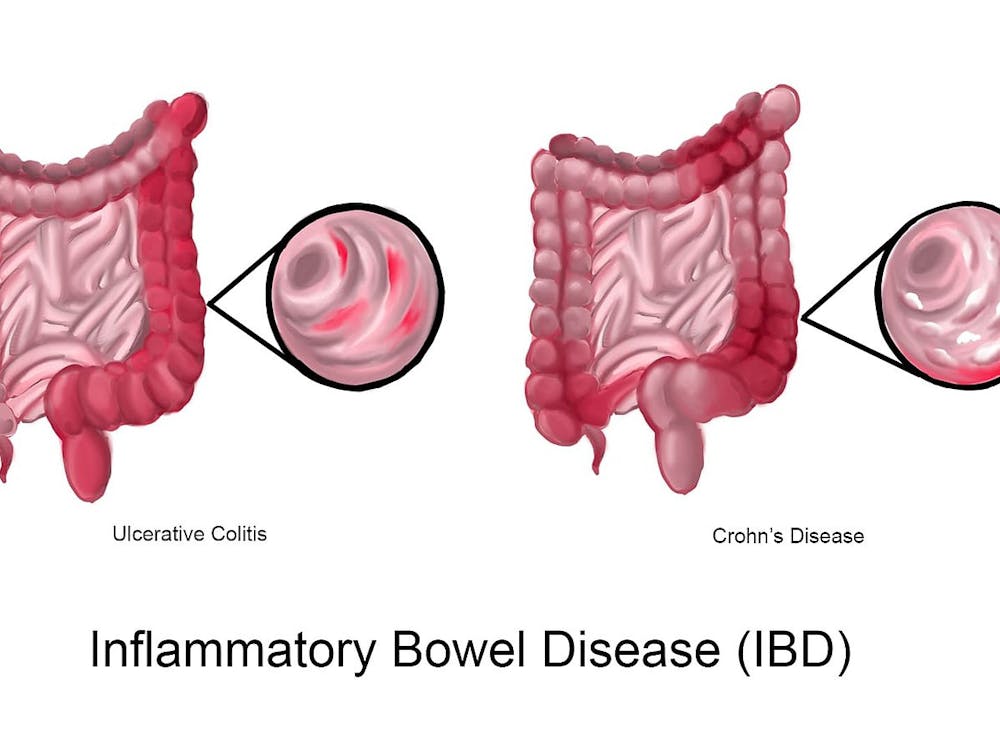Although most people in the United States perceive mosquitoes as no more than an annoyance, mosquitoes are, in fact, the world’s deadliest animal. About seven million people are infected by mosquitoes each year, resulting in over one million deaths.
Conor McMeniman, an assistant professor with joint appointments at the School of Medicine and the Bloomberg School of Public Health, hopes his research will result in the development of technologies that reduce infections and deaths caused by mosquitoes.
To that end, McMeniman presented his research at a talk entitled “Chemosensory Circuits Driving Mosquito Attraction to Humans” on Nov. 14.
McMeniman’s lab studies two of the deadliest and most prevalent mosquito species: Anopheles gambiae and Aedes aegypti. Anopheles gambiae is the primary vector for malaria, which causes close to half a million deaths each year. The Aedes aegypti transmits a variety of diseases, from Zika to dengue.
McMeniman’s lab aims to harness the power of genome editing to understand the sensory mechanisms of mosquitoes, particularly their immense attraction to humans, from whom they receive 90 percent of their feeding.
In order to feed, mosquitoes must first sense their prey. Receptors allow mosquitoes to receive many sources of sensory information.
“These receptors consist of odorant receptors, ionotropic receptors and gustatory receptors,” McMeniman said.
Mosquitoes can acutely respond to the body odor of humans, which consists of over 400 chemicals uniquely combined in every person. These scents are primarily detected by odorant receptors which respond to alcohols and aromatics, and ionotropic receptors which detect amines and acids.
In addition to body odor, mosquitoes also detect heat, carbon dioxide and moisture from respiration using gustatory receptors. Complicated neural circuits in mosquito brains then allow them to analyze these signals to produce movements.
McMeniman’s lab is working on two concurrent studies.
In one project, he is studying how the mosquito nervous system detects and encodes human odor, and how pathogens themselves manipulate this process.
His lab is currently identifying mosquito receptors and active volatile odorants that drive mosquito attraction towards humans. For this experiment, McMeniman and his team collected body scent by encapsulating a human subject in plastic bags and then pumping purified air into the system. Over the course of an hour, odors from the human diffuse into the air, which are later collected.
“Naturally, I was the first sample,” he joked.
This sample odor is then exposed to a live Aedes aegypti specimen which has been genetically modified using CRISPR-Cas-9 to photoconvert under 405 nanometer light during neural activity.
The regions of the brain which are most active in sensory perception photoconvert at the highest rate. McMeniman and his team then dissected the mosquito and used fluorophore staining to visualize which glomeruli (brain regions) had become photoconverted.
The final sample is then imaged using confocal microscopy and functional imaging, which assign specific responses to specific regions of the brain.
“This experiment has allowed us to map brain activation to the expression of specific chemicals and odors for the first time,” he explained.
McMeniman hopes that, through continued testing of a wider population, his team will map a wider range of chemical and odor stimuli to activations in the mosquito brain.
“This will improve our understanding of what attracts mosquitoes, and how we can mask that attraction,” he said.
The second major study of his lab is located at the Hopkins Malaria Research Institute in Macha, Zambia, where his team operates at the aptly named “Mosquito House,” a modified greenhouse that simulates a natural Anopheles gambiae mosquito ecosystem. There, his research is exploring if mosquitoes prefer certain odors over others.
Eight beds are placed around the Mosquito House, with pumps that feed into the building, ending at a covered vent. Volunteers sleep in these eight beds for the night, allowing their odor to diffuse into the house.
Other pumps contain varying chemicals and odors, such as carbon dioxide. Cameras placed at each of the eight vents use motion capture technology to capture the number of mosquitoes that land at each vent during the night. The numbers of mosquitoes quantifies the “attractiveness” of each scent.
Eventually, McMeniman hopes the results of this study will lead to a comparative analysis of human scents with varying synthetic odor combinations, resulting in improved lures or repellents for mosquitoes.
“Ultimately, we want to develop strategies which lure or repel mosquitoes away from humans to stop them transmitting vector-borne diseases,” McMeniman said.





